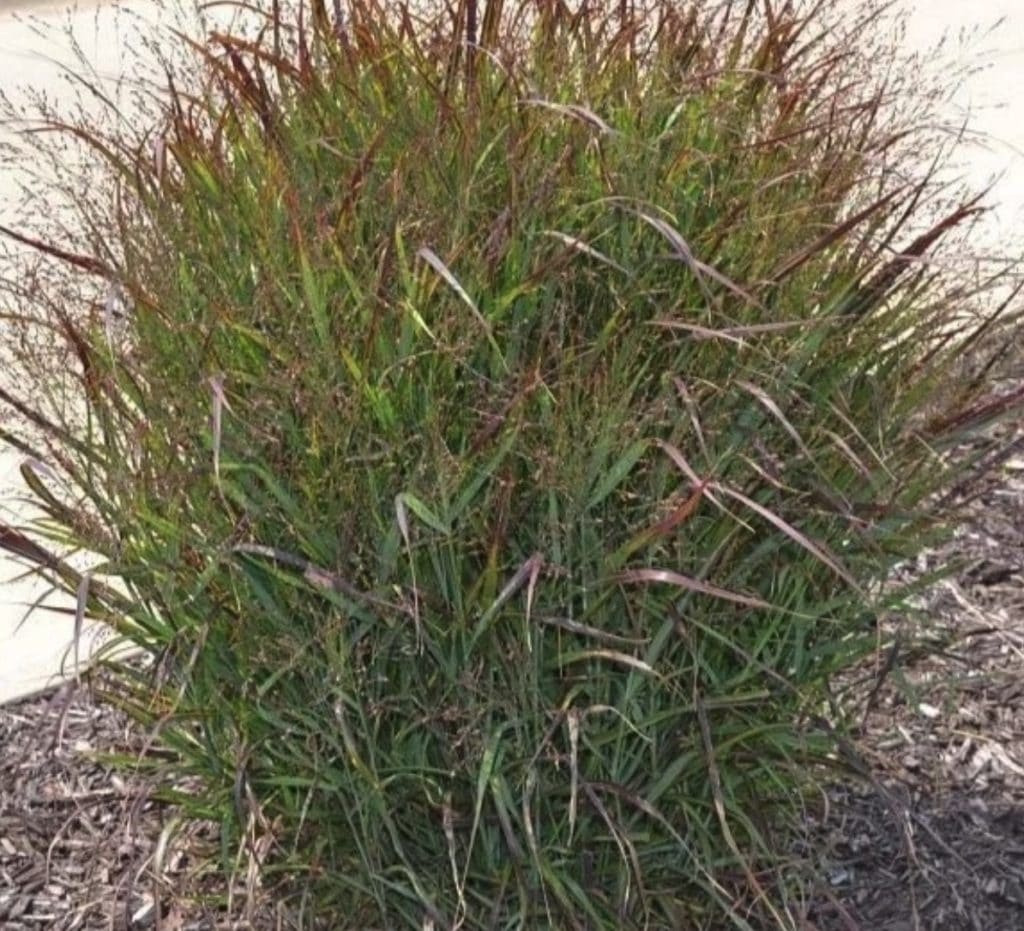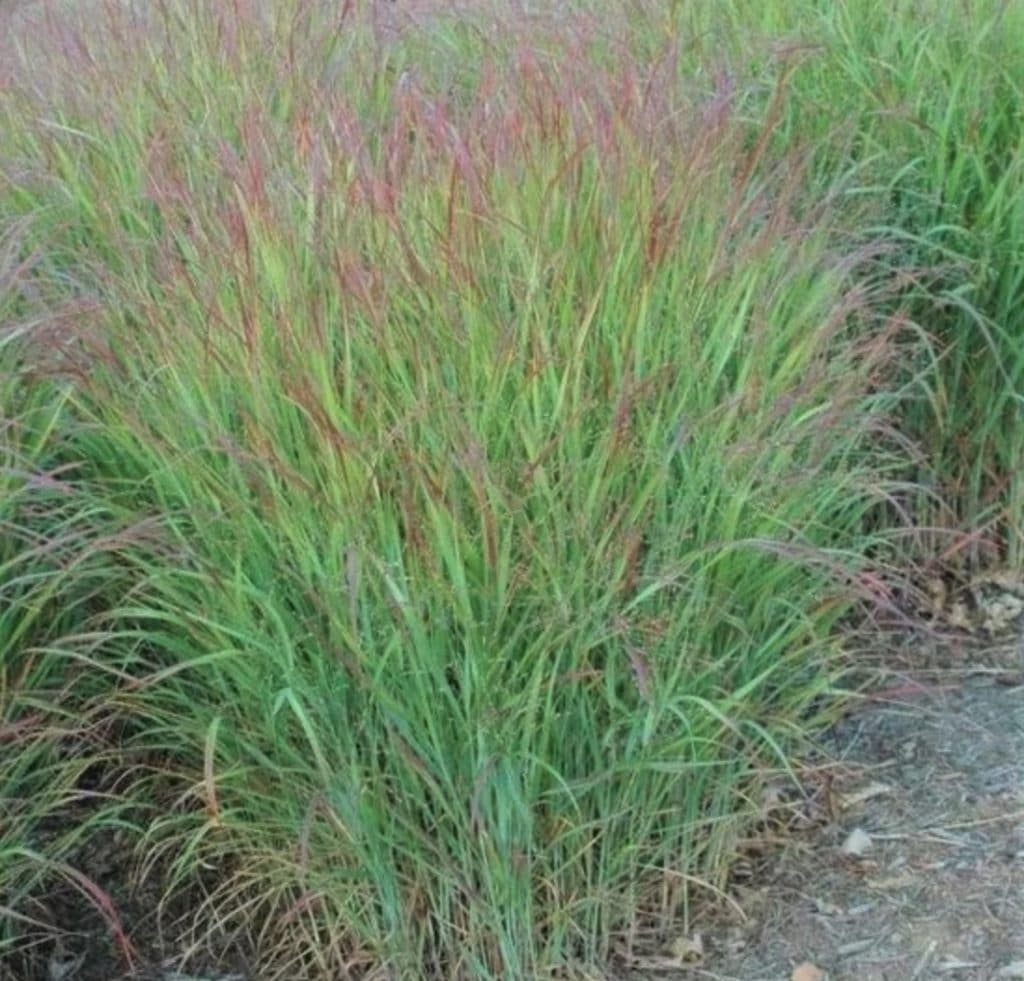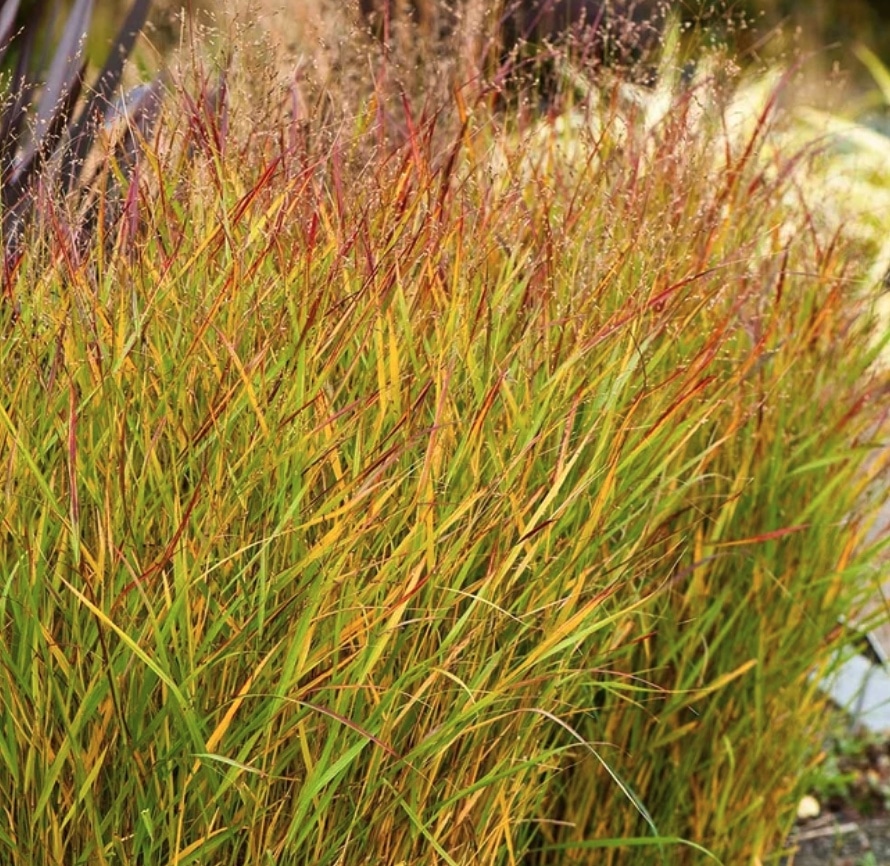Shenandoah switchgrass is a popular ornamental grass that can grow in yards or gardens across the United States. It’s fast-growing, hardy, and versatile, making it perfect for any landscape.
With proper care, Shenandoah switchgrass can grow over six feet tall, so this plant provides wonderful visual interest wherever you choose to use it. The grass itself looks beautiful, but it also attracts birds and butterflies, so you’ll have lovely scenery as well as useful planting material around your home or yard. Let’s look at how to grow and care for Shenandoah Switchgrass.
What is Shenandoah Switchgrass?

Shenandoah Switchgrass is a perennial warm-season bunchgrass that grows 5 to 6 feet tall. It’s commonly grown as ornamental grass across the states. It naturally grows in moist meadows and riversides but can also be grown as ornamental grass for landscaping purposes.
Shenandoah Switchgrass is part of the Poaceae family and is native to the USA. It grows wild in some places and is also a popular ornamental grass that’s grown in yards across the states. It has green and burgundy foliage and small plums of flower in the summer and fall. It turns a light yellowish-brown color during the fall, with red tints being visible on its seeds. This plant will add color and interest to your yard throughout the fall and winter months.
How to Care for Shenandoah Switchgrass
Shenandoah switchgrass is a low-maintenance plant. It can tolerate drought and prefers full sunshine, but it shouldn’t be left out in the hot summer sun for long periods of time. The mature height of Shenandoah switchgrass is 6 feet tall, so make sure your area allows enough space before planting. Here are some tips to help you grow and care for a Shenandoah Switch Grass plant:
Sunlight needs
For optimal growth, Shenandoah switchgrass should be planted in full sunlight. These plants require at least 6 hours of sunlight a day.
Watering requirements
Water your switchgrass plant regularly throughout the first few weeks after planting. When established, it has an average drought tolerance and needs less water. This grass does well in areas where moisture is abundant but isn’t suited for bog-like environments. These plants can suffer from root rot if overwatered or planted in a waterlogged area.
Soil
This grass prefers clay soil containing loam or sandy soil as well as soil with a slightly acidic pH value. Soil acidity should be between 5.0 and 7.0 to ensure adequate growth rates. A light mulching of pine needles or leaves will help keep moisture in the soil longer during dry periods.
Planting
It’s best to plant your seeds early spring after all danger of frost has passed. Prepare the planting site by removing any weed roots and hoeing up the earth to a depth of six inches.
Shenandoah switchgrass seed tends to germinate about two weeks after planting. However, new seedlings can emerge within five days if conditions are suitable for growth.
When planting more than one Shenandoah switchgrass plant, space them 12 inches apart; this allows room for each plant’s root system to grow undisturbed throughout its life cycle. There also won’t be any competition between plants for nutrients and water.
Fertilization
Fertilizer isn’t necessary to cultivate Shenandoah switch grass unless your soil doesn’t naturally contain enough nitrogen and phosphorus. In this case, a layer of compost or other organic fertilizer should be added each year to promote growth and avoid weak stems or sparse foliage.
Chemical fertilizer is not needed in most cases. If you choose to fertilize, apply fertilizer only in the early spring before new growth emerges.
Pruning
Cut back dead leaves and stems in the fall and clean up the area around your plants. This will allow room for new growth and reduce the spread of any diseases that may be lurking in the soil.
Temperature
Many plants begin to suffer in cold weather, but Shenandoah switchgrass can withstand temperatures as low as -30 degrees Fahrenheit. It’s a hardy plant that can be grown all across the United States. This switchgrass variety grows best in USDA Zones 3 to 9.
Propagation
In warm spring and summer months, switchgrass is easily propagated by seed. Each plant will produce many seeds, so this grass can quickly spread throughout a landscape or garden area.
At the beginning of the growing season, large, mature plants can also be propagated by division in the spring.
Disease and pests
Shenandoah switchgrass is susceptible to several types of disease and pests, such as fungal diseases. Crown rot and rust may affect your plant.
Crown rot
Crown rot thrives in moist conditions and causes leaves and stems to turn yellow-brown. It’s more common in lawns with excessive irrigation or drainage problems. In some cases, it can kill a plant if left untreated. Use compost or other organic fertilizer to help maintain your soil’s nutrient content and avoid overwatering. You can also treat your plant with a fungicide.
Rust
Rust is a fungal disease found on leaves at the end of stems close to the ground, rust is most prevalent in regions that receive a lot of rain. Remove any yellow or brown leaves from an infected plant and dispose of them in a way that minimizes the spread of spores (i.e., do not compost these). If necessary, use a fungicide to treat this disease but be sure to follow instructions correctly.
Bug infestations
As with many plants, bugs love to feed on the leaves and stems of Shenandoah switchgrass plants. Some bugs will suck plant juices from the leaves, which causes them to become deformed, discolored, and weak; in severe cases, they can die. They may also leave a sticky residue behind that attracts mold and fungus.
To eliminate insect infestations on your switchgrass, be sure to keep your grass healthy by maintaining proper care. Healthy plants are less susceptible to insects and diseases. Use neem oil or other organic pesticides if you see signs of new insect activity on your plants.
Conclusion
Shenandoah switchgrass is one of the hardiest grasses available. It’s mostly carefree and requires little maintenance to survive. If you have the space, it can be very rewarding as its tall stature and flower provide a beautiful visual display each year.
Related: Hot Rod Switch Grass

